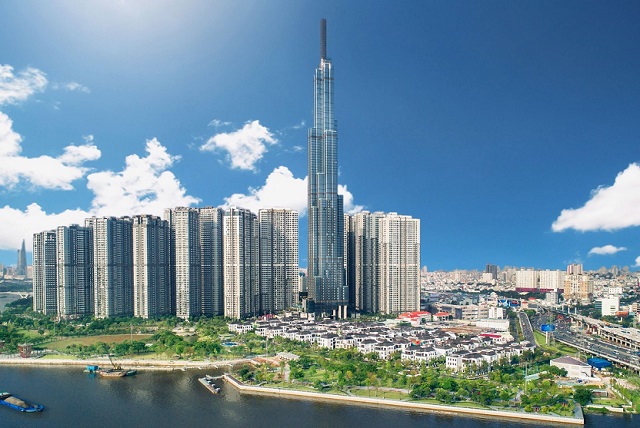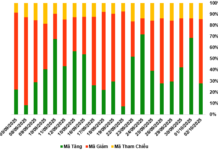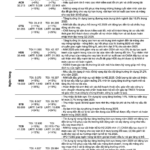On October 1st, the Ho Chi Minh City Department of Construction announced that it had submitted Document No. 9729 to the Ministry of Construction, seeking review of certain provisions in Circular 17/2025/TT-BXD. This circular outlines standards, methods, and cost management for urban and rural planning activities.
According to the Department of Construction, Circular 17/2025 stipulates cost standards for preparing urban master plans with a maximum area of 360,000 hectares. However, Ho Chi Minh City currently spans nearly 680,000 hectares.
 Following the merger, Ho Chi Minh City now covers an area of nearly 680,000 hectares.
|
Therefore, the Department of Construction proposes that the Ministry of Construction consider approving and providing guidance to expand the scale of urban master planning for centrally-governed cities to 680,000 hectares. This adjustment aims to ensure legal compliance in planning, facilitate administrative unit reorganization, and align with the practical requirements for Ho Chi Minh City’s development direction.
Based on the amended Law on Urban and Rural Planning, the Department of Construction recommends that the Ministry of Construction review the expanded cost standards for special urban areas. This includes adjustment coefficients for cost standards applicable to multi-sector, multi-level integrated planning in special urban areas. The planning process also requires the application of GIS technology, 3D modeling, and digital databases.
Since July 1st, Ho Chi Minh City has been designated as a special urban area following the merger with Binh Duong and Ba Ria – Vung Tau provinces. The city now covers approximately 6,800 square kilometers, with a population exceeding 14 million people across 168 wards, communes, and special zones.
According to the Ho Chi Minh City Institute for Development Studies (HIDS), the post-merger economic scale of Ho Chi Minh City surpasses 2.7 quadrillion VND, accounting for nearly one-quarter of the nation’s 2024 GDP. The city’s budget revenue is also impressive, contributing nearly one-third of the national total at 682 trillion VND.
The newly expanded Ho Chi Minh City boasts significant advantages in infrastructure connectivity, both domestically and regionally. Post-merger, Vietnam has five provinces and cities with two civilian airports each: Ho Chi Minh City, Da Nang, Gia Lai, Dak Lak, and An Giang. Ho Chi Minh City is home to Tan Son Nhat International Airport and Con Dao Airport, with a combined capacity of approximately 51 million passengers annually—the largest in the country. This positions the city as a key driver for tourism and cargo transportation development.
Looking ahead, this mega-city will be directly connected to Long Thanh International Airport (with a capacity of 50 million passengers per year) through a network of highways and urban rail systems (metro).
Additionally, inheriting the logistics system from Ba Ria – Vung Tau, the new Ho Chi Minh City now possesses Vietnam’s largest port system, comprising 89 berths across three port clusters. This includes a world-class deep-water port at Cai Mep – Thi Vai.
Prior to the merger, Ho Chi Minh City was primarily a service-oriented city, with the sector contributing over 65% of its 2024 GRDP. The economic structure of the new Ho Chi Minh City will shift, with an increased industrial share driven by the strengths of Binh Duong and Ba Ria – Vung Tau. The service sector’s contribution will decrease to 51.82%, while the industry and construction sector will rise from 22% to 35%. The remaining share comes from agriculture, forestry, fisheries, and product taxes.
Duy Quang
– 06:08 02/10/2025
New Regulations Help Ho Chi Minh City Resolve Land Pricing Bottlenecks and Accelerate Valuation Processes
The process of land valuation in Ho Chi Minh City has seen significant improvements, becoming more streamlined and efficient with the introduction and implementation of the 2024 Land Law and Government Decree 71.
Ho Chi Minh City Proposes 680,000-Hectare Urban Development Plan
Under current regulations, urban master planning is limited to a maximum area of 360,000 hectares. However, Ho Chi Minh City currently spans nearly 680,000 hectares. As a result, the Department of Construction of Ho Chi Minh City has proposed that the Ministry of Construction review and approve supplementary guidelines to accommodate the expanded scale of planning requirements.













































